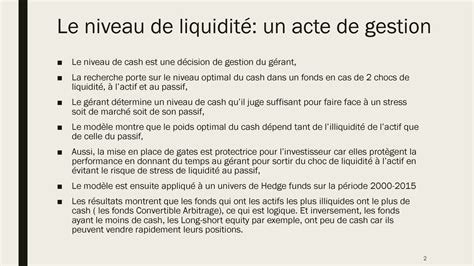The Double-Edged Sword of Cryptocurrency Trading: Understanding Long Cryptocurrency, Miners, and Arbitrage
Cryptocurrency trading has become a lucrative industry in recent years, attracting millions of investors worldwide. However, the market is known for its high volatility, making it essential to understand the risks and rewards associated with different cryptocurrency strategies. In this article, we will delve into three crucial aspects of cryptocurrency trading: long cryptocurrency, miners, and arbitrage.
Long Cryptocurrency Positions
A long cryptocurrency position refers to an investment in which you purchase a large amount of a particular coin or asset at its current market price and hold it with the aim of profiting from potential future price increases. This strategy is often employed by traders looking to capitalize on the speculative nature of cryptocurrency markets.
To implement a long cryptocurrency position, investors typically follow these steps:
- Market Research: Conduct thorough market research to identify undervalued or overvalued cryptocurrencies and their relative positions.
- Technical Analysis: Use technical indicators to assess the cryptocurrency’s trend, support, and resistance levels.
- Position Sizing: Determine the optimal position size based on risk tolerance, trading volume, and market conditions.
- Monitoring: Constantly monitor the cryptocurrency’s performance, adjusting positions as needed to stay within desired risk parameters.
However, long cryptocurrency positions are not without risks:
- Market Volatility: Cryptocurrency prices can fluctuate rapidly, making it difficult to maintain a profitable position for extended periods.
- Liquidity Risks

: Some cryptocurrencies may have low liquidity, resulting in greater market price fluctuations and reduced trading volumes.
- Regulatory Uncertainty: Governments and regulators may impose new restrictions or taxes on cryptocurrencies, which could negatively impact their prices.
Miners
Cryptocurrency mining is the process of verifying transactions on a blockchain network and adding them to the public ledger (blockchain). Miners use powerful computers to solve complex mathematical equations that secure the network and validate transactions. The reward for miners’ efforts is a portion of the newly minted cryptocurrency as a way to incentivize them to contribute to the network.
There are two main types of miners:
- Centralized Mining: This type of mining involves partnering with or hiring a central organization, such as F2Pool or Antpool, that controls and manages the mining process.
- Decentralized Mining: In this setup, individual miners or groups compete with each other to solve mathematical equations and secure the blockchain.
Miners play a critical role in maintaining the security and integrity of cryptocurrency networks:
- Network Stability: Miners help ensure that the network remains stable and secure by validating transactions and maintaining block consistency.
- Creating New Blocks: Miners are responsible for creating new blocks, which are added to the blockchain, ensuring that the network remains up to date.
Arbitrage
Arbitrage is a strategy used in cryptocurrency markets where investors seek to profit from price differences between various cryptocurrencies or assets. By buying and selling these assets at different prices, traders aim to exploit market inefficiencies.
Arbitrage can be done through a variety of methods:
- Market Making: Professional market makers provide liquidity to both buyers and sellers by offering tight bid-ask spreads.
- Swaps and Pairs Trading: Investors use swaps or pairs trading to profit from price differences between cryptocurrencies with different risks, such as Bitcoin versus Ethereum.